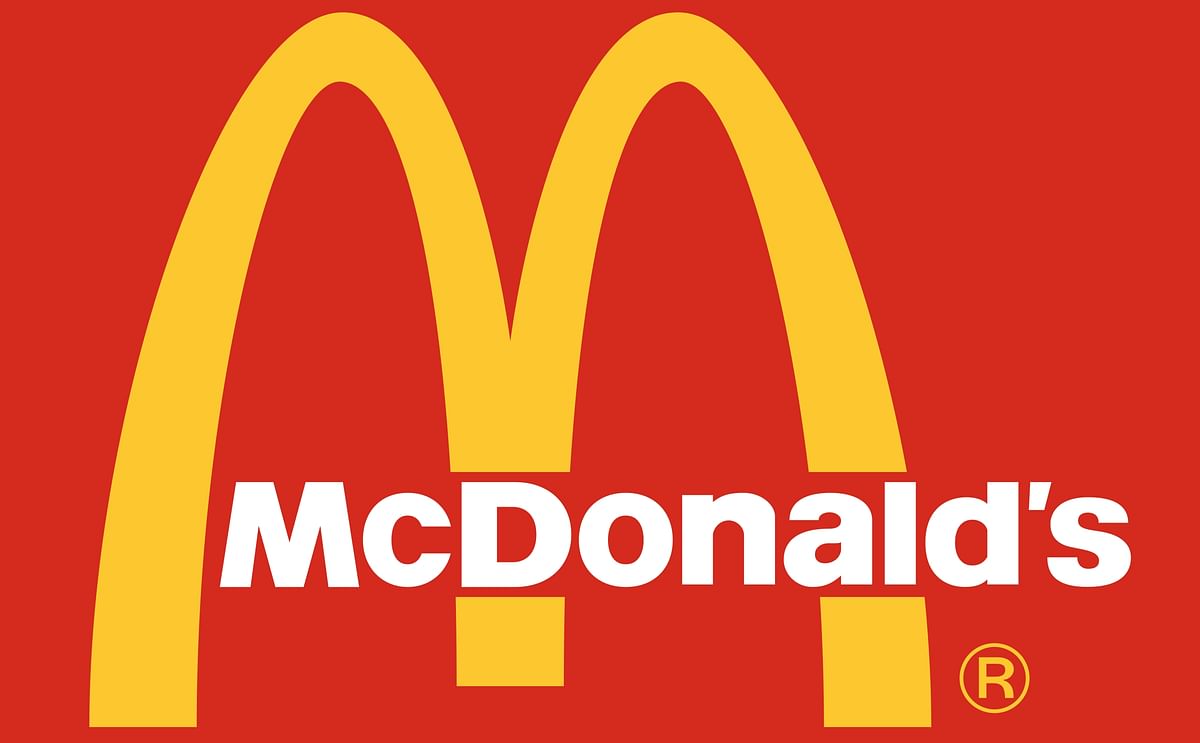McDonald's Growth during Skinner's leadership
McDonald's is doing better than ever, thanks to Jim Skinner's no-nonsense leadership

Jim Skinner, CEO of McDonald's, is inspecting the kitchen of one of his restaurants in Oak Brook, Ill., with the rigor many of his peers might reserve for financial reports.
He examines the food-preparation area as he explains, in great detail, the "review of the hash browns"that McDonald's initiated a few years ago -- and admonishes me to not touch anything.
"Unless you feel like you want to have a job,"he adds. McDonald's, after all, is one of the few places hiring these days.
Skinner isn't a micromanager. He's simply intensely focused on the efficiency and performance of McDonald's (MCD) 33,000 restaurants worldwide and the enormous, complex infrastructure that supports them, a managerial trait that has resulted in nothing short of a Golden Age for the Golden Arches.
Since Skinner, 66, became CEO in 2004, the company has delivered an annual growth rate of 5%, with revenue topping $24 billion last year. Same-store sales, a closely watched industry metric, have climbed each of the seven years of his tenure, and in that time the stock has returned more than 250% -- even after the early-August equities selloff -- vs. 16% for the S&P 500 (SPX).
If you haven't been in a McDonald's lately, you might assume that the company simply has been the beneficiary of the struggling economy in the U.S. and elsewhere in the world, and that cost-conscious consumers are flocking to fast-food eateries instead of sit-down restaurants.
But to post the kind of impressive numbers McDonald's has -- and to weather the current turmoil -- Skinner has had to find ways to attract new diners while retaining the hard-core Big Mac-and-fries crowd.
And so today, along with burgers and shakes, you can stroll into a McDonald's and pick up a snack wrap or a fruit smoothie or a decent latte (much to Starbucks' chagrin), all of which translates into higher sales per location. Last year average per-store sales jumped to $2.4 million, from $1.6 million in 2004.
He examines the food-preparation area as he explains, in great detail, the "review of the hash browns"that McDonald's initiated a few years ago -- and admonishes me to not touch anything.
"Unless you feel like you want to have a job,"he adds. McDonald's, after all, is one of the few places hiring these days.
Skinner isn't a micromanager. He's simply intensely focused on the efficiency and performance of McDonald's (MCD) 33,000 restaurants worldwide and the enormous, complex infrastructure that supports them, a managerial trait that has resulted in nothing short of a Golden Age for the Golden Arches.
Since Skinner, 66, became CEO in 2004, the company has delivered an annual growth rate of 5%, with revenue topping $24 billion last year. Same-store sales, a closely watched industry metric, have climbed each of the seven years of his tenure, and in that time the stock has returned more than 250% -- even after the early-August equities selloff -- vs. 16% for the S&P 500 (SPX).
If you haven't been in a McDonald's lately, you might assume that the company simply has been the beneficiary of the struggling economy in the U.S. and elsewhere in the world, and that cost-conscious consumers are flocking to fast-food eateries instead of sit-down restaurants.
But to post the kind of impressive numbers McDonald's has -- and to weather the current turmoil -- Skinner has had to find ways to attract new diners while retaining the hard-core Big Mac-and-fries crowd.
And so today, along with burgers and shakes, you can stroll into a McDonald's and pick up a snack wrap or a fruit smoothie or a decent latte (much to Starbucks' chagrin), all of which translates into higher sales per location. Last year average per-store sales jumped to $2.4 million, from $1.6 million in 2004.
Like to receive news like this by email? Join and Subscribe!
NEW! Join Our BlueSky Channel for regular updates!
精选企业
Sponsored Content
Sponsored Content
Sponsored Content
Sponsored Content
Sponsored Content










